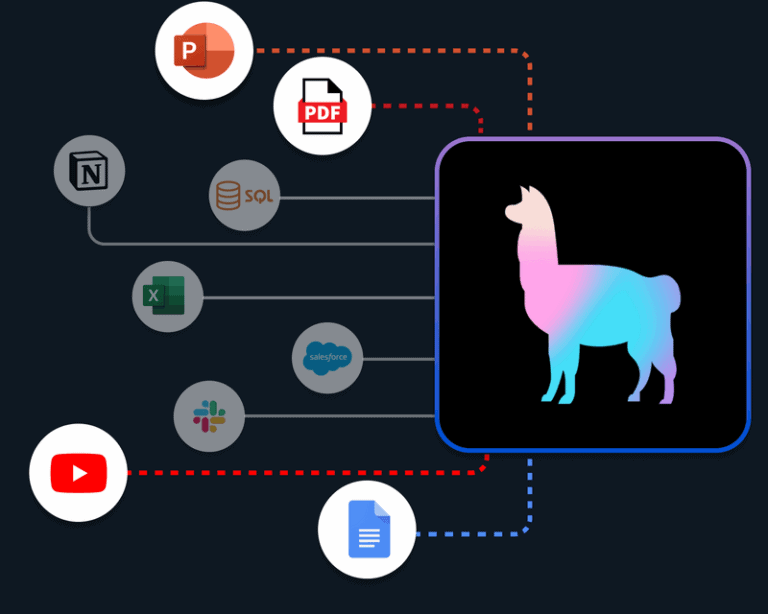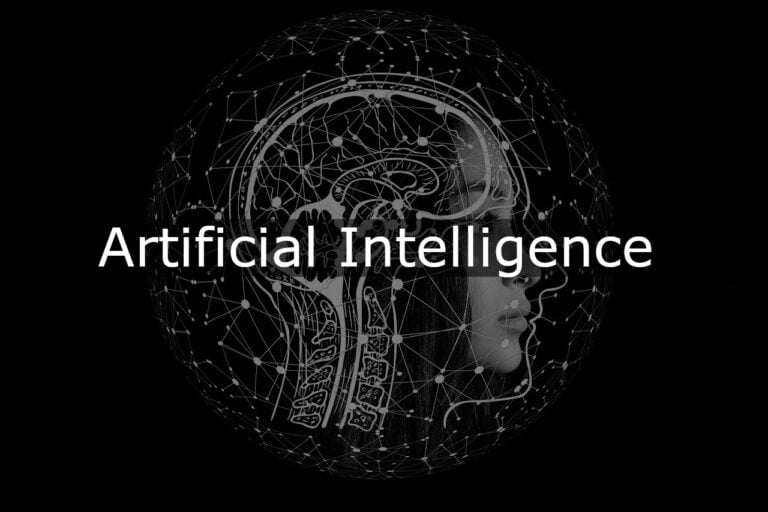Expert systems are a type of artificial intelligence that mimics the decision-making skills of human experts. These advanced software programs rely on a broad knowledge base and specific rules to solve problems in specialized areas. They offer guidance, explain reasoning, and provide solutions similar to a human expert’s advice. By using expert knowledge, these systems help with efficient and consistent decision-making across various industries. They distill years of expertise into a framework that can be used repeatedly, providing valuable insights without the time and resources typically needed to consult a human expert.
Understanding Expert Systems and Their Use
Expert systems are a specialized form of artificial intelligence (AI) designed to mimic the decision-making skills of human experts in a specific field. These systems leverage a wealth of knowledge and rules to tackle complex problems, often making judgments that would typically require specialized expertise.
How Expert Systems Work
At their core, expert systems consist of three key components:
- Knowledge Base: This is the heart of the system. It houses a structured collection of facts, rules, and heuristics related to a specific domain.
- Inference Engine: Think of this as the brain of the expert system. The inference engine uses the knowledge base to interpret information, solve problems, and draw conclusions.
- User Interface: This component serves as a bridge between human users and the expert system, allowing for the input of problems and the explanation of outputs.
Real-World Applications of Expert Systems
Expert systems find applications across diverse industries. Here are some notable examples:
Medical Diagnosis
Expert systems can assist doctors by analyzing patient symptoms and medical data. They suggest potential diagnoses and even recommend treatment plans, enhancing diagnostic accuracy and efficiency.
Financial Planning
Financial expert systems aid in investment decisions, risk analysis, and portfolio management. They process large amounts of market data to provide personalized investment advice and strategies.
Manufacturing and Design
Expert systems can be used to optimize manufacturing processes, troubleshoot equipment malfunctions, and design complex products. These systems can identify potential issues and suggest solutions to improve efficiency and product quality.
Examples of Expert Systems
| Expert System Name | Domain | Purpose |
|---|---|---|
| MYCIN | Medicine | Diagnoses and treats infectious diseases |
| DENDRAL | Chemistry | Analyzes chemical structures |
| XCON | Computer Configuration | Configures DEC VAX computer systems |
Benefits and Limitations of Expert Systems
Expert systems offer benefits:
- Preserved Knowledge: Capture and preserve the expertise of human specialists.
- Consistency: Provide reliable and consistent decision-making.
- Accessibility: Allow access to expert knowledge in places with limited human expertise.
However, they also have limitations:
- Narrow Domain: Expert systems excel in their specific field but struggle to generalize.
- Knowledge Acquisition: Creating and maintaining the knowledge base is time-consuming.
- Lack of Common Sense: They can miss nuances and context that a human expert might grasp.
Expert systems represent a valuable AI tool. As AI continues to evolve, we can expect even more sophisticated expert systems that augment human expertise in various fields.
Key Takeaways
- Expert systems emulate human expertise using AI to make decisions.
- They provide consistent, specialized knowledge across different fields.
- These systems streamline problem-solving and enhance decision-making.
Foundations of Expert Systems
Expert systems harness the power of specialized knowledge to simulate human expertise in specific domains. They carry out complex tasks often reserved for specialists. This section unpacks their origins, architecture, and how they acquire and represent knowledge.
Historical Evolution
Expert systems trace their roots back to the early days of cognitive science. They are the result of interdisciplinary research combining insights into how humans think with the computational power of machines. The first notable expert system was DENDRAL, designed for chemical analysis in the 1960s. This paved the way for others like MYCIN, which assisted doctors with medical diagnoses in the 1970s. Over time, these systems embraced a broader taxonomy of knowledge, advancing from basic procedural knowledge to complex taxonomic expertise.
Key Components and Architecture
The architecture of an expert system is typically divided into three critical components:
- Knowledge Base: It holds domain-specific knowledge, often structured in a hierarchy of classes for ease of access and manipulation.
- Inference Engine: Acts as the brain, applying logical rules to the knowledge base to deduce new information and solve problems.
- User Interface: Allows human interaction, enabling users to input data and receive advice from the system.
The design emphasizes modularity, allowing each part to evolve without disrupting the whole.
Knowledge Acquisition and Representation
Knowledge acquisition is the process of gathering, organizing, and inputting expert knowledge into the system. Knowledge representation is a framework that provides a structured way to capture this information. It includes definitions, facts, and rules about a domain. To effectively mimic human reasoning, the system must have a solid base of control knowledge, which guides the inference engine on applying its stored information to new problems. Knowledge-based systems often use a combination of these representations to approach the complexity of human cognition and apply it to complex problem-solving tasks.
Applications and Implications of Expert Systems
Expert systems bring specialized knowledge to a wide range of fields. They affect how decisions are made and shape the future of problem-solving.
Expert Systems in Various Domains
Expert systems find their place in medicine, engineering, finance, and more. Doctors use them for medical diagnosis, helping to identify diseases based on symptoms. Engineers rely on them for fault diagnosis, ensuring equipment runs safely and efficiently. In finance, these systems offer advice on investments and manage risk.
Notable domains include:
- Medicine: Streamlines patient care and diagnosis.
- Engineering: Detects faults and maintains system health.
- Finance: Guides investment and risk strategies.
Enhancing Decision-Making and Problem-Solving
Decision-making is more reliable and transparent with expert systems. They use data and rules to provide clear choices and guidance. In complex problems, like weather prediction or environmental studies of the earth, they offer solutions. They leverage approaches like Bayesian networks and machine learning to enhance problem-solving abilities.
Key characteristics:
- Reliability: They provide consistent guidance.
- Transparency: It’s clear how decisions are made.
Challenges and Future Directions
While expert systems are helpful, challenges in trust, guidance, and transparency remain. The future will likely focus on increasing system trustworthiness and decision clarity. Transparency in how these systems arrive at conclusions is also a key area. Newer models integrate machine learning to improve advice and solutions for even more complex problems.
Future focus areas involve:
- Trust: Ensuring users can trust the system’s advice.
- Clarity: Making system decisions easy to understand.
- Complexity: Handling more intricate issues over time.
Frequently Asked Questions
This section covers common inquiries about expert systems to give readers a clearer understanding of their function and application.
What is the role of knowledge in expert systems?
Knowledge is the core of expert systems. It shapes how these systems solve problems by emulating human expertise in specialized areas.
What components constitute an expert system?
An expert system has a knowledge base with domain-specific information and an inference engine that applies logic to reach conclusions. It also includes a user interface for interaction.
How do expert systems apply specialized knowledge in practical scenarios?
Expert systems use their knowledge base to provide solutions and advice similar to what a human expert would offer, enhancing decision-making in various professional fields.
What differentiates a knowledge-based system from other types of AI?
Unlike general AI, knowledge-based systems focus on a specific domain, applying detailed expertise rather than broad problem-solving.
In what ways can expert systems impact decision-making in specialized fields?
Expert systems contribute to decision-making by offering informed solutions, quickening response times, and supporting tasks that require specialized knowledge.
How do expert systems interact with users to provide expertise?
They use an accessible user interface to field questions from users, process these using the system’s knowledge base, and then convey expert advice and answers.





